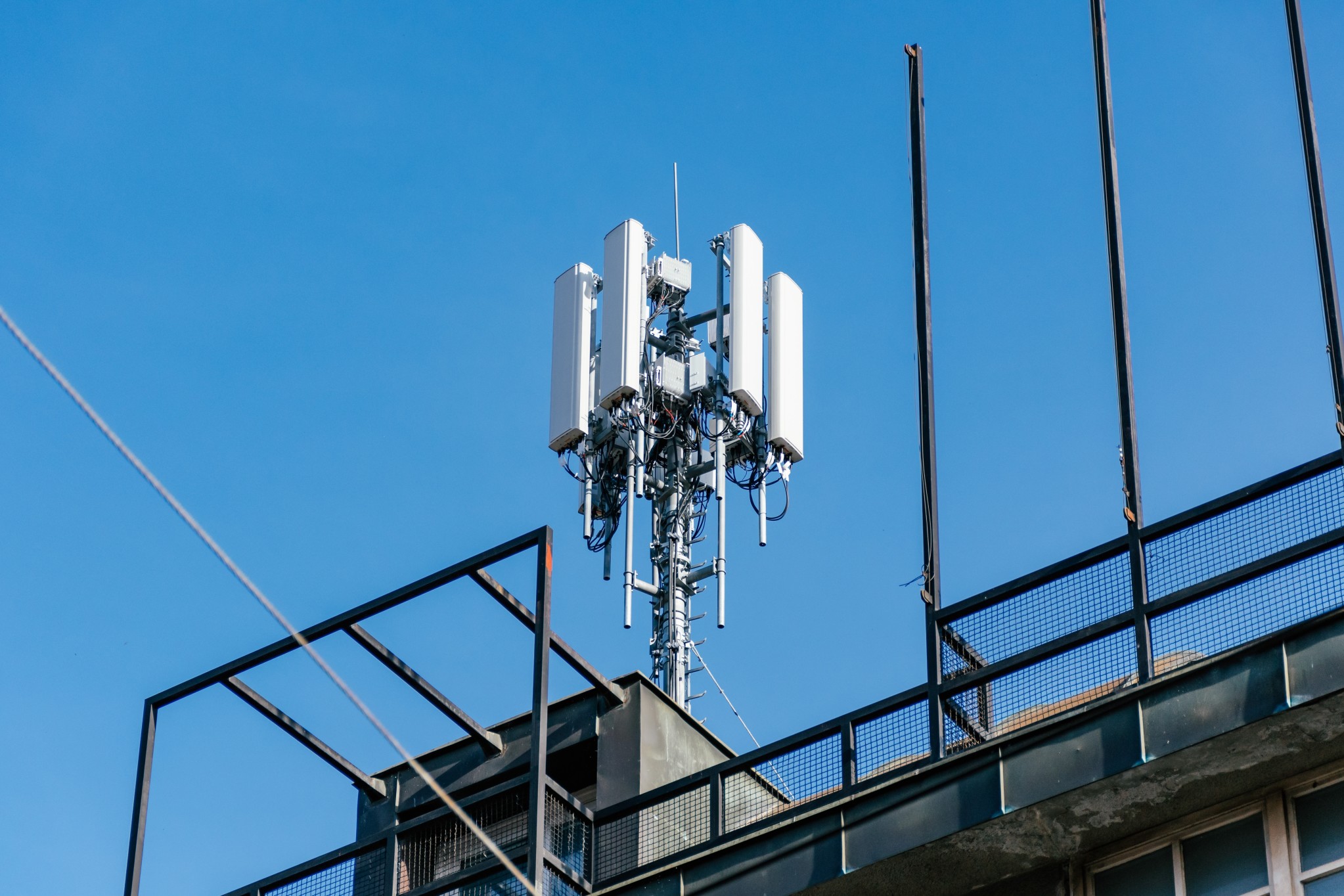To what extent may one safely approach a 5G cell tower?

So as to facilitate mobile communication, cellular phone towers are installed. These structures are often seen atop buildings, along with cellular phone masts, or atop utility poles.

The region within 50 meters of a mobile phone tower where radiation is at its greatest gradually diminishes as the distance increases. Therefore, it is crucial to avoid being too near a 5G cell tower.
1. find out more has higher operating frequencies than its predecessors, and higher frequency waves have more trouble penetrating barriers. This necessitates the deployment of a large number of "small cells," or miniature towers, in residential areas around the world. These small antennas will undoubtedly be packed considerably more closely together than regular cell towers, subjecting everyone in the vicinity to a never-ending barrage of radio frequency radiation.
There is a large amount of concern that the brand new tiny cell antennas may cause health problems. They worry that being in such close proximity may raise their risk of developing cancer or other diseases. However, your worries are unwarranted. These antennas emit radio frequency (RF) radiation that is hundreds of times below acceptable levels. Surviving in close proximity to a cell tower has also been demonstrated to not raise the probability of becoming sick.
The average range of a cell tower is between one and three miles. The tower's range is made by the tools installed there and the landscape it surveys. The range is generally between 0.25 and 1 mile in metropolitan areas.
The Signal's Periodicity and its own Frequency

Radio frequency (RF) radiation from cell towers has been shown to cause injury. Intense exposure to this RF radiation has been linked to nausea, migraines, and perhaps cancer in humans.
Cellular towers can broadcast data and audio across a wide variety of frequencies. The range of low-frequency transmissions, such as 600 MHz and 700 MHz, is bigger than that of higher-frequency ones. safe distance from 5g tower operating at 2.5 GHz frequencies, for example, may provide service to an area at the very least three miles in diameter. However, the range of a cell tower's transmission is limited to about a mile when employing C-band (3.5 GHz) frequencies.
Companies have to deploy additional cells in congested areas to boost the performance of cellular networks. what is a safe distance from a 5g cell tower , strategically placed, are needed to do this goal. This has resulted in a gradual reduction in the radius of coverage supplied by cell towers. The typical distance between cell towers in cities nowadays is between 0.2 and 1.1 miles.
Since 5G need additional cell sites, it has increased worries about it. Others worry that residents' privacy will be invaded through these cell sites. Some individuals worry that the introduction of 5G can lead to the widespread usage of bogus cell towers known as stingrays. These stingrays broadcast signals to nearby mobile phones, allowing for the user's identification and position to be tracked.
Third, the Strength of the Message
The signal's power indicates how much energy has been transferred. More energy is being transferred at greater powers. Both signal's frequency and the amount of time it really is broadcast impact the signal's strength.
Many individuals worry about potential threats with their health, private information, and safety from 5G mobile towers. They are also worried that their property values may drop as a result of the skyscrapers. There have even been moves using places to outright ban the installation of such cell towers.
Some people are worried about 5G since it consumes so much more energy than older wireless technologies. This increases the possibility that radiation will be released from the towers. Some individuals worry that the towers' radiation might lead to serious health issues including cancer and heart disease.
However, your worries are unwarranted. Radiation levels from 5G towers have been demonstrated to be hundreds to a large number of times less than acceptable limits. Furthermore, rays emitted by cell towers cannot enter the body since it is not absorbed by living tissue. Furthermore, the wavelengths of the signals sent out by 5G towers are far smaller than those used by earlier generations of mobile phones. Because of this, the length they can travel is limited, and the cell towers must be spaced more closely than previously.
4. How Far Away You Are From the Tower
There's some worry that additional cell towers may be required once the smartphone network upgrades to 5G. Simply because the 5G network will employ higher frequencies, and waves at these higher frequencies have a more difficult time traversing long distances and penetrating barriers like trees, buildings, and hills. This means there are more transmitters around you all the time, since cell towers should be placed considerably closer together than in earlier generations of technology.
The issue is that lots of individuals wrongly assume a tiny cell is a 5G cell site. To establish wireless networks, small cells use antennas mounted on utility poles or light poles to supplement larger macro-towers. Some people confuse them with 5G technology because of the closeness to homes and businesses, although they aren't section of a cellular phone tower.
The area immediately around a cellular phone tower is where in fact the radiation is at its highest, and it gradually lowers as you travel farther away. safe distance from 5g tower who reside in close proximity to a cellular phone tower have already been proven in tests to possess health problems, such as for example headaches and stomachaches. Researchers in Germany monitored locals who lived between 400 and 800 meters from two cell towers for a decade. Cancer rates were found to be three times greater in those living in close proximity to the tower in comparison to those living farther away.
